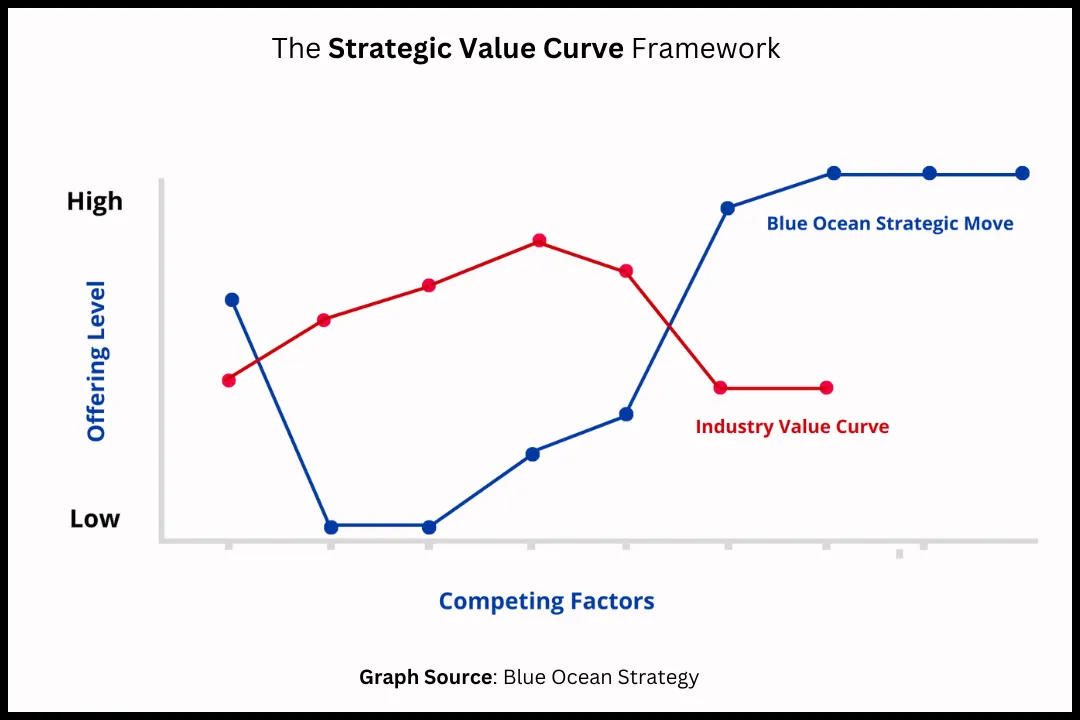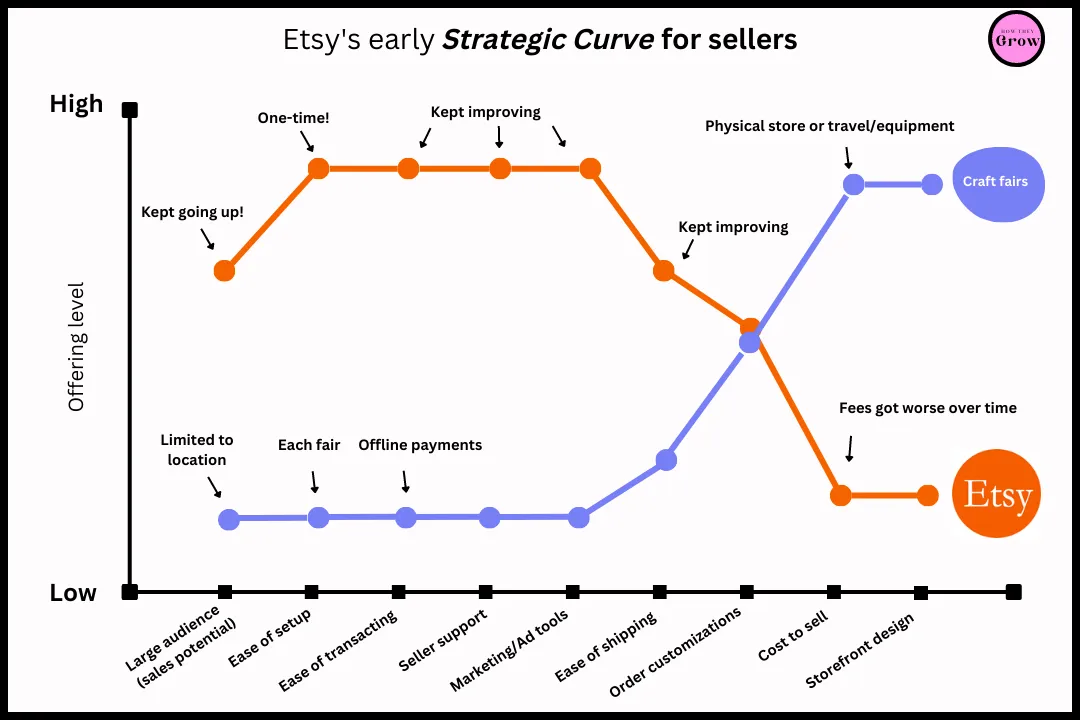How to Grow A Marketplace - Lessons from Etsy’s Growth
Nov 9, 2022 . 3 min read . 483 views
title: 'How to Grow A Marketplace - Lessons from Etsy’s Growth' publishedAt: '2022-11-09' summary: 'A marketplace business is one where you match supply with demand...' category: '#Growth'
Introduction
- A marketplace business is one where you match supply with demand.
- Most businesses control supply and to grow they just need to create more demand. (True for most software businesses e.g: Tinder, Notion, etc.)
- On the contrary, Market places to grow need to grow both supply and demand at the same time in a sustainable fashion.
- Some of the key advantages of a marketplace business:
- Ability to generate network effects. Once you have strong network effects that also act as a big barrier to entry.
- No need to maintain inventory giving you efficiency, scalability, and flexibility
Lessons from Etsy
- Solve your own problem. One of the best sources of startup ideas is to work on your own problems. The founders of Etsy as well started by building a platform that they needed to sell their handmade artwork.
- Limit yourself by category Basically start small before you go big. Specialise in one or two categories before broadening.
- For most marketplaces, Generating supply first is the way to go. Often once you have generated supply, it brings with itself its own demand.
- As per Li Jin, the best consumer marketplaces end up being supply-constrained because they tap into an incredible amount of demand. This means the PMF on the demand side is so strong that whoever is able to solve supply first wins that market.
- When building a marketplace solve widespread demand problems.
- First, Identify a user problem
- Second, Validate it’s a common problem
- Third, Bootstrap enough supply to satisfy initial users
- Once you hit PMF, Scale the supply to fulfil excess demand.
- Piggyback on niche communities for early users. Etsy marketed itself in preexisting online communities.
- Don’t shy away from getting your supply offline. One of the best and fastest ways to onboard supply is by going shop 2 shops. Etsy visited all craft/art shows to onboard new sellers at the start.
- To drive growth focus on channels with growth loops. Growth loops compound over time.
- Examples from Etsy:
- SEO: More sellers ⇒ more listing ⇒ more SEO value ⇒ more demand ⇒ more sellers!
- Word of Mouth
- Seller: Brings in new buyers - Becomes a seller
- Supply driving demand: New sellers market their store - get more users - more sellers on Etsy get richer - new sellers see this and join
- Examples from Etsy:
- Start with exclusiveness to scale focus on comprehensiveness
Frameworks
-
Strategic Value Curve Framework
Used to find your unique space in the market and bring value to people that they can’t get elsewhere.
In simple words, this framework helps you determine your strategic differentiator.

Example from Etsy’s strategic value curve for sellers

-
Three reasons to do an M&A
- Consolidation: Increasing market share in existing verticals or geographies.
- Expansion: Entering new verticals or geographies.
- Technological: Adding tech capabilities or acqui-hiring engineers.